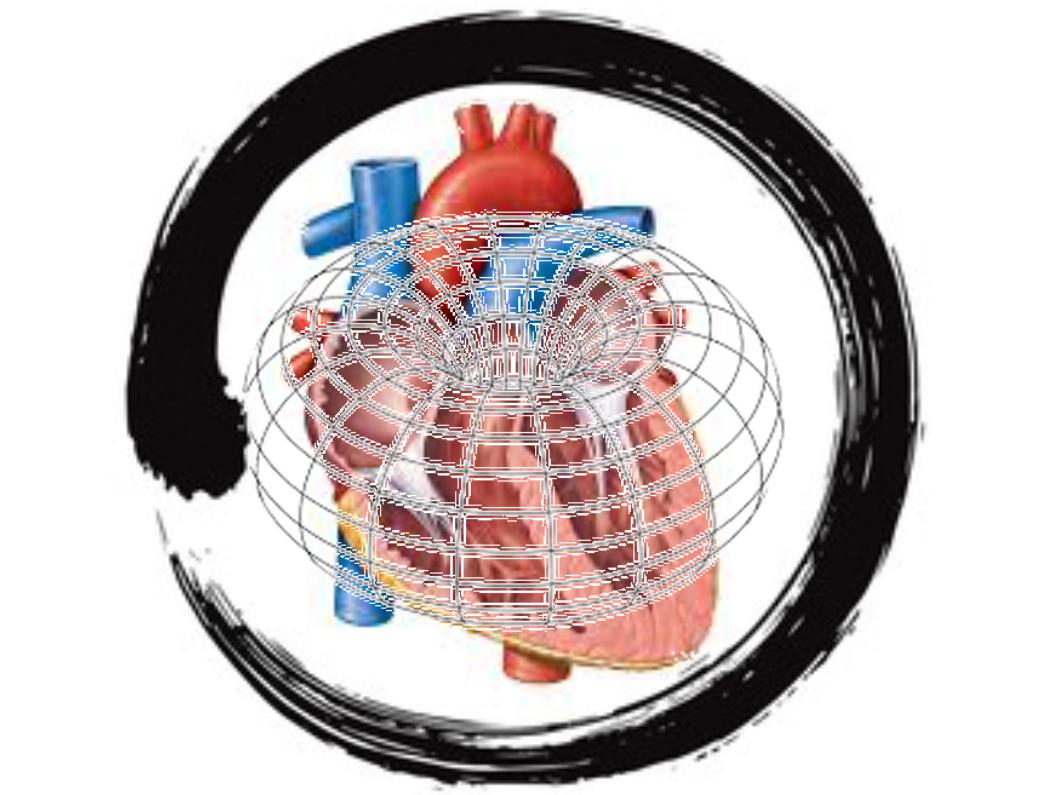
|
life.empowered.living.enhanced |
Neuroplex-C Project
A multi-institutional, multi-national collaboration |
|
|
|
see Progress and Downloads on the menu This summary is an excerpt from one of the introductory documents. Kindly note that there has been significant progress and changes, as everything moves forward. This tells about how we started. Contact us to learn more!
We focus upon applying a set of mathematical techniques for modeling neuronal signals as topological patterns of tangles and knots which can be simplified into a finite set of categories, certain of which will stand out as precursors to such pathologies as (diverse) tachycardia and also other cardiomyopathic conditions (including myocarditis and potentially precursor stages of myocardial infarction). We assert that the technology for obtaining the requisite signal data for this “topological-order” analysis is sufficient in current EKG that is in wide use clinically, including such compact, portable, personal-use instruments are are currently available commercially for at-home usage.
The analysis of these topological signal structures (dynamical patterns) can thereby enable rapid and population-wide early detection of conditions warranting further medical treatment of both prophylactic and therapeutic nature, thereby offering potential major advantages in healthcare. These advantages include reducing the probability for serious, critical and fatal consequences, minimizing hospitalization and surgical procedures, and overall aiding in the increasingly-present critical need for population health equity, particularly for segments of the general population that are less likely to receive early or in-time medical examination and treatment.
|